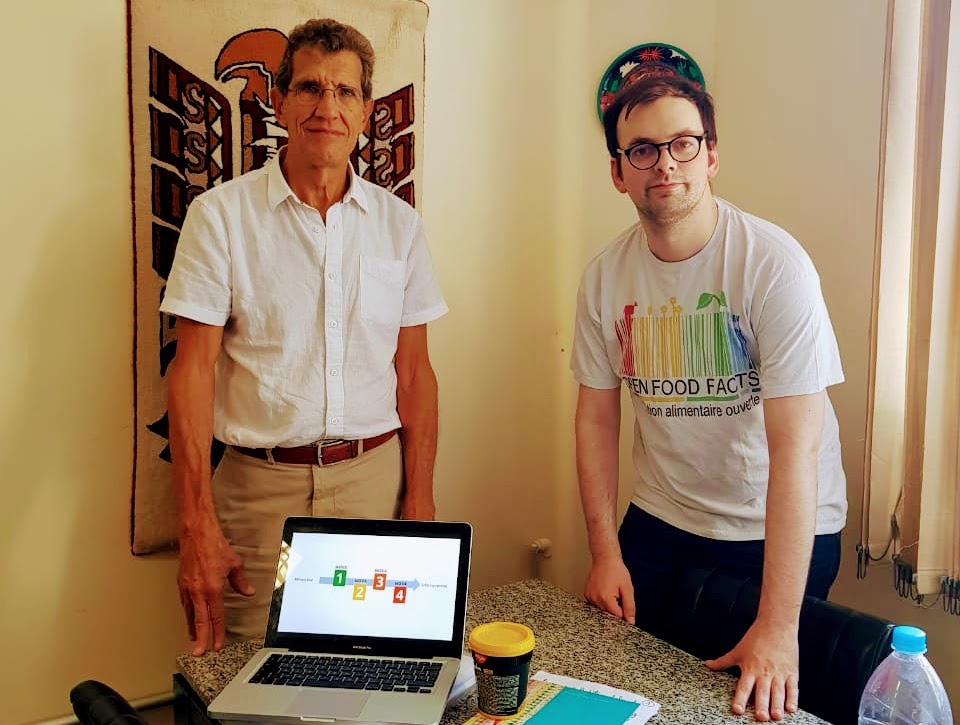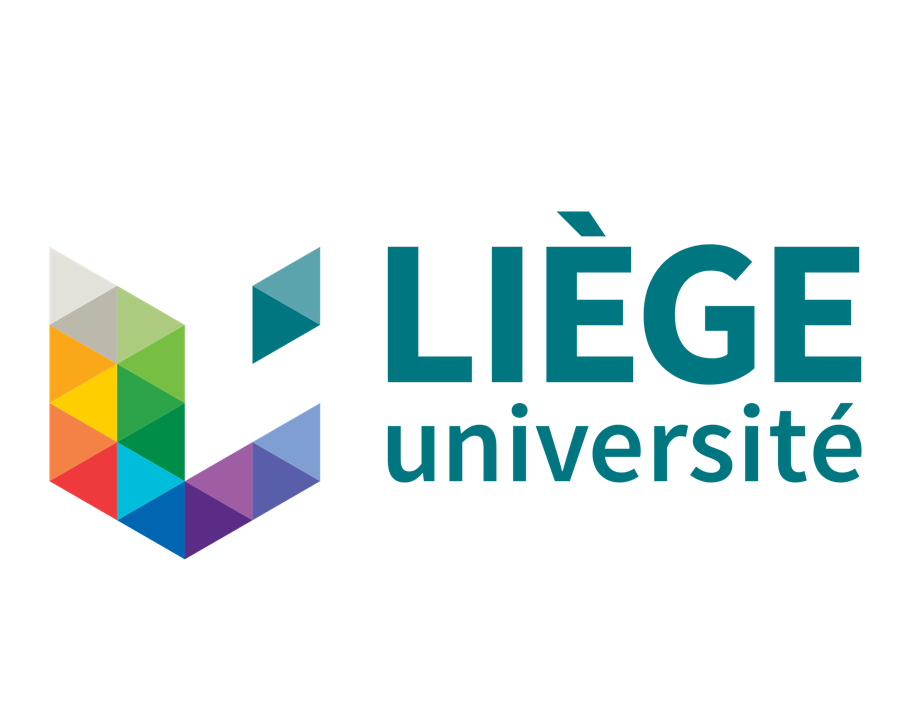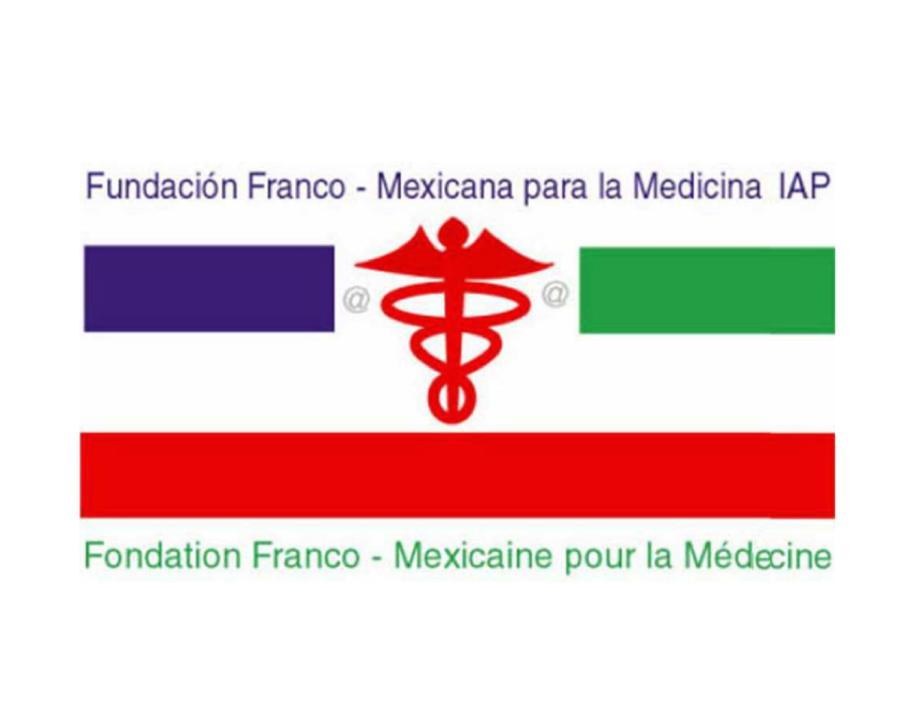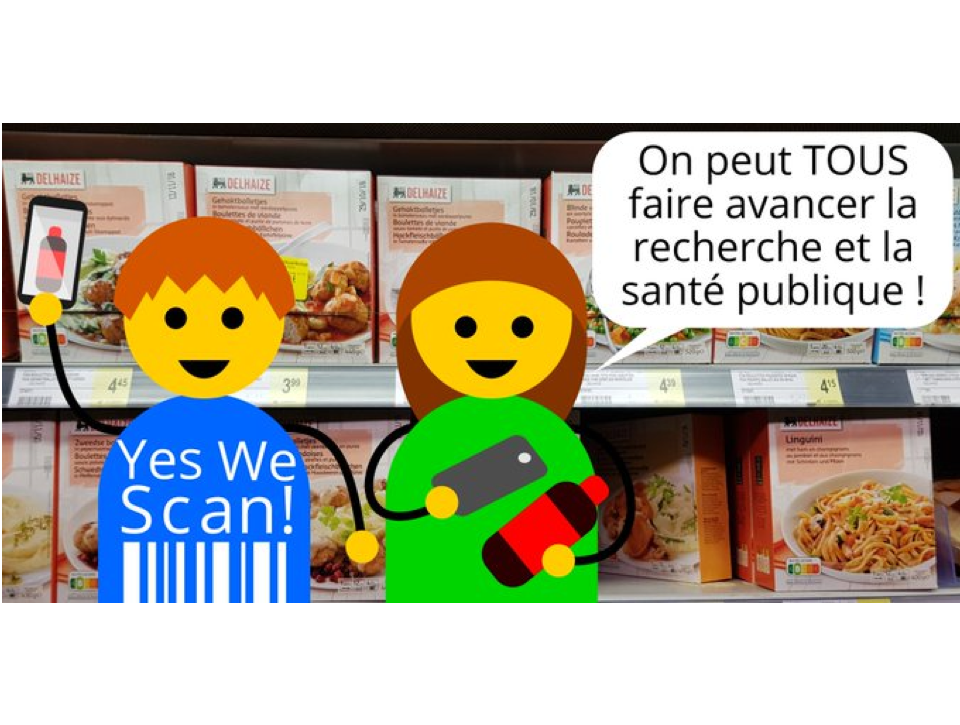Science-based, and helping Science
Science is one of the core pillars of Open Food Facts. Open Food Facts, from its creation in 2012, has relied on peer-reviewed scientific work to inform the public, like Nutri-Score and NOVA, and by making them available for a massive amount of people, across the world. We are also very happy and proud to see scientists reuse our data to push scientific knowledge forward. We love to engage with research teams to see what they can come up with, and how we can help them.
If you're using or considering using Open Food Facts as part of a science project, please let us know at contact@openfoodfacts.org

Meeting the EREN research team
We got to meet the EREN research team to better understand their scientific needs and the improvements they need in Open Food Facts.

Meeting Pr.Monteiro, the creator of NOVA
We got to meet Pr. Monteiro at Faculdade de Saúde Pública da USP, part of the team creating nutritional guidelines for Brazil, and creator of the NOVA groups on food processing.

Collaboration with the Liege University
The nutrition team of the Liege University is running a Scan Party in Belgium to constitute a database to support their research, and enable benchmark across countries.

Collaboration with the Mexico research team
The team of the Fundación Franco-Mexicana para la Medicina is running a massive Scan Party in Mexico to constitute a database to support their research, and enable benchmark across countries.

With the help of powerful tools & the Open Food Facts community
Open Food Facts has many tools to allow you creating data at large scale, using crowdsourcing.

Measurable scientific impact
Many publications use and cite Open Food Facts, both in nutrition and other research areas. Explore articles citing Open Food Facts on Google Scholar

